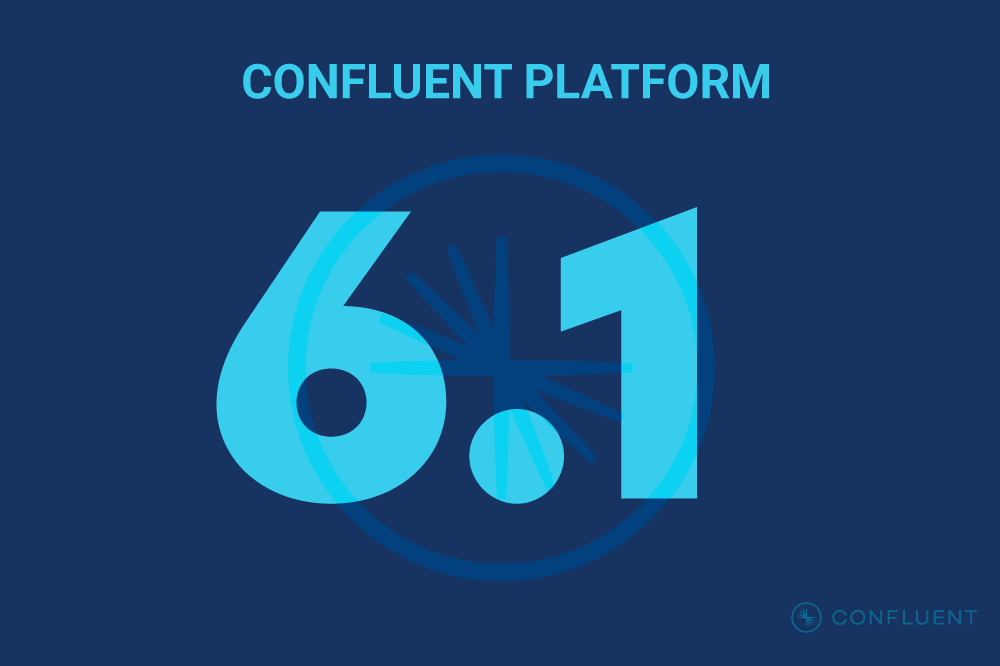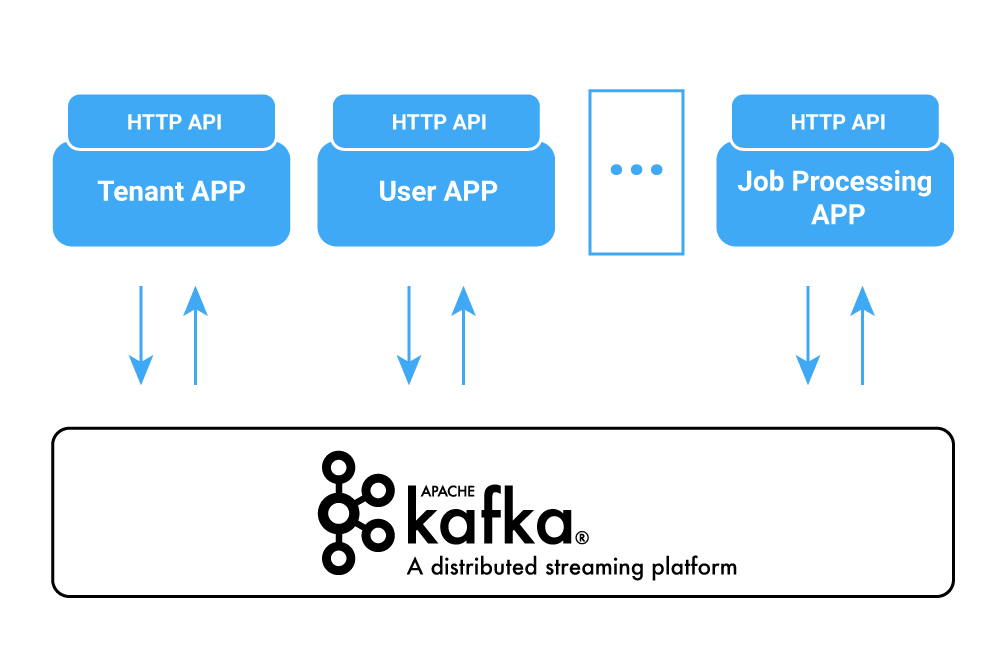Introducing Connector Private Networking: Join The Upcoming Webinar!
Tags: API
Debuting a Modern C++ API for Apache Kafka
Morgan Stanley uses Apache Kafka® to publish market data to internal clients and to persist it for replay purposes. We started out using librdkafka’s C++ API, which maintains C++98 compatibility. […]
To Pull or to Push Your Data with Kafka Connect? That Is the Question.
Today, every company is a data company. There are many different data pipeline, integration, and ingestion tools in the market, but before you can feed your data analytics needs, data […]
Introducing Confluent Platform 6.1
We are pleased to announce the release of Confluent Platform 6.1. With this release, we are further simplifying management tasks for Apache Kafka® operators and providing even higher availability for […]
How to Write a Connector for Kafka Connect – Deep Dive into Configuration Handling
Kafka Connect is part of Apache Kafka®, providing streaming integration of external systems in and out of Kafka. There are a large number of existing connectors, and you can also […]
Event Streaming Across Networks and Corporate Firewalls Using PubNub and Confluent Platform
This year’s pandemic has forced businesses all around the world to adopt a “remote-first” approach to their operations, with an emphasis on better enabling collaboration, remote work, and productivity. This […]
Putting Apache Kafka to REST: Confluent REST Proxy 6.0
Confluent Platform 6.0 was released last year bringing with it many exciting new features to Confluent REST Proxy. Before we dive into what was added, let’s first revisit what REST […]
Use Cases and Architectures for HTTP and REST APIs with Apache Kafka
This blog post presents the use cases and architectures of REST APIs and Confluent REST Proxy, and explores a new management API and improved integrations into Confluent Server and Confluent […]
Advanced Testing Techniques for Spring for Apache Kafka
Asynchronous boundaries. Frameworks. Configuring frameworks. Apache Kafka®. All of these share one thing in common: complexity in testing. Now imagine them combined—it gets much harder. This is the final blog […]
Getting Started with Kafka Connect for New Relic
It’s 3:00 am and PagerDuty keeps firing you alerts about your application being down. You need to figure out what the issue is, if it’s impacting users, and resolve it […]
Build Real-Time Observability Pipelines with Confluent Cloud and AppDynamics
Many organisations rely on commercial or open source monitoring tools to measure the performance and stability of business-critical applications. AppDynamics, Datadog, and Prometheus are widely used commercial and open source […]
Building a Telegram Bot Powered by Apache Kafka and ksqlDB
Imagine you’ve got a stream of data; it’s not “big data,” but it’s certainly a lot. Within the data, you’ve got some bits you’re interested in, and of those bits, […]
Mock APIs vs. Real Backends – Getting the Best of Both Worlds
When building API-driven web applications, there is one key metric that engineering teams should minimize: the blocked factor. The blocked factor measures how much time developers spend in the following […]
Building Transactional Systems Using Apache Kafka
Traditional relational database systems are ubiquitous in software systems. They are surrounded by a strong ecosystem of tools, such as object-relational mappers and schema migration helpers. Relational databases also provide […]
KSQL in Football: FIFA Women’s World Cup Data Analysis
One of the football (as per European terminology) highlights of the summer is the FIFA Women’s World Cup. France, Brazil, and the USA are the favourites, and this year Italy […]













